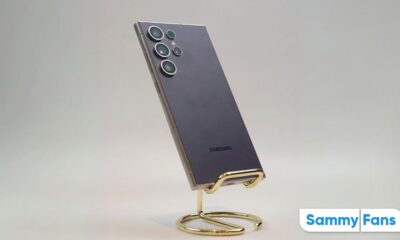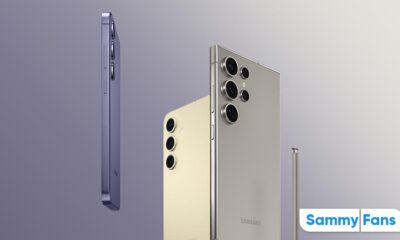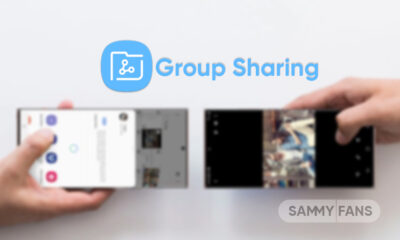News
[UPDATE]: Samsung launches new 0.7μm ISOCELL camera sensor of 108MP, 64MP, 48MP, and 32MP

UPDATE:
Samsung reveals its advanced 0.7μm-Pixel ISOCELL camera sensor on September 16, 2020. The new Samsung ISOCELL camera sensors for its 0.7 micrometers (μm)-pixel product lineup; ISOCELL HM2, ISOCELL GW3, ISOCELL GM5, and ISOCELL JD1 is now spotted in China.
The industry’s smallest pixel microchip realizes a more stylish design and a more compact camera size. A new generation of 0.7μm lineup equipped with the new ISOCELL 2.0-pixel technology will be launched at the end of the year
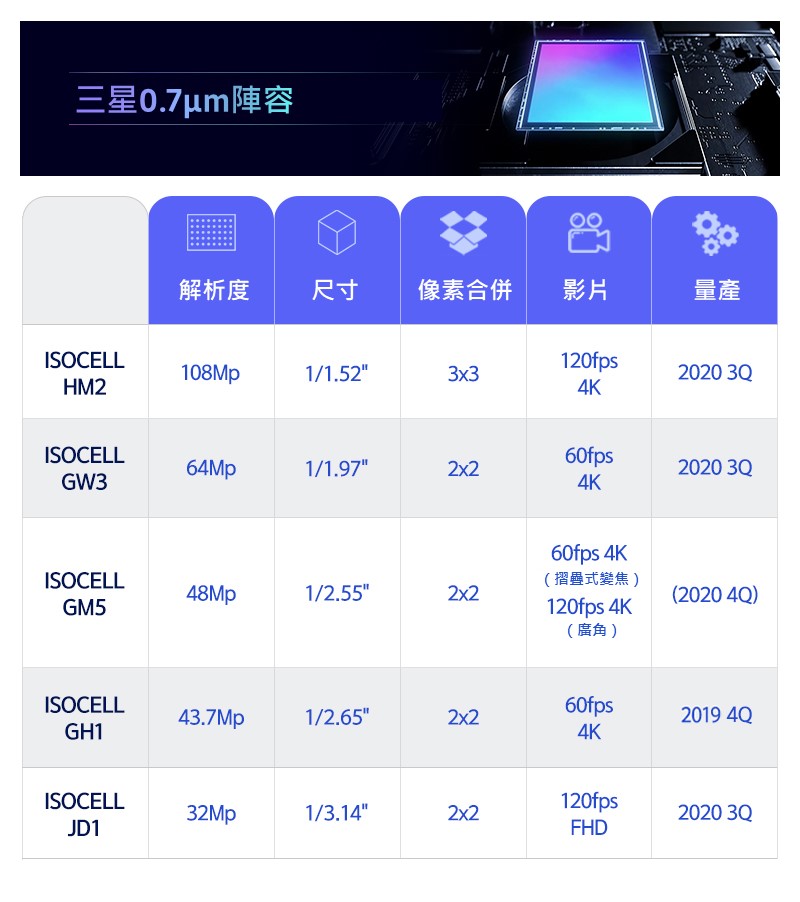
September 16, 2020:
Samsung has revealed a new report on its global newsroom about its Advanced 0.7μm-Pixel ISOCELL camera sensor. Samsung, today introduced four new Samsung ISOCELL camera sensors for its 0.7 micrometers (μm)-pixel product lineup; 108-megapixel (MP) ISOCELL HM2, 64MP ISOCELL GW3, 48MP ISOCELL GM5 and 32MP ISOCELL JD1. With the new 0.7μm ISOCELL technology, Samsung plans to expand the ultra-high-resolution offerings to mainstream smartphones.
“Samsung continues to pioneer innovations, such as ISOCELL Plus and Smart ISO, to deliver more pixels in a smaller package,” said Yongin Park, executive vice president of the sensor business at Samsung Electronics. “Last year, Samsung introduced the industry’s first 0.7μm-pixel camera sensor and the first 108MP sensors. Now we are bringing more of the advanced pixel technologies to mobile cameras in a variety of options that will enable high-resolution images and sleeker designs in a wider selection of tomorrow’s mobile devices.”
![]()
JOIN OUR SAMSUNG CHANNEL ON TELEGRAM
In the latest 0.7μm products to be introduced later this year, Samsung will start rolling out an enhanced pixel technology, ISOCELL 2.0, which allows excellent performance despite the challenges with decreasing pixel sizes. The new technology further enhanced the wall structure between cells, resulting in an added light sensitivity of up to 12 percent compared to the current ISOCELL Plus technology.
The New 0.7μm Lineup;
- ISOCELL HM2 is Samsung’s third 108MP camera sensor following the HMX and HM1. The new 108MP-sensor is around 15-percent smaller than the 0.8μm-based predecessors and reduces the height of the camera module by 10 percent.
- ISOCELL GW3 is a 64MP-camera sensor optimized for mainstream devices. Thanks to the smaller pixel size, the GW3’s optical size is nearly identical to that of Samsung’s 0.8μm 48MP camera sensor. In addition to Tetracell and Smart-ISO technologies that help the sensor take bright camera with high color fidelity, the GW3 is ideal for active lifestyles, featuring gyro-based electronic camera stabilization (EIS) for sharper still photos and steadier videos.
- ISOCELL GM5 is a versatile 48MP-camera sensor designed for use in telescoping or ultra-wide angle cameras. When used as a 5x optical telescoping sensor for folded-zoom, the GM5 takes full advantage of the compact 0.7μm pixel size that minimizes the camera bulge. For ultra-wide shots, the GM5 supports high-speed full-HD recording at 480fps. The sensor also offers a staggered-HDR feature, a faster and more power-efficient HDR technology that expedites image processing by sending a readout of long, medium, and short exposures of each row of pixels respectively to the mobile processor.
- ISOCELL JD1 is the industry’s smallest 32MP-cameraca sensor at 1/3.14-inches, making it an ideal solution for smartphones with bezel-less displays that incorporate a hole-in-active-area or motorized pop-up mechanism for the front-facing camera.
![]()
News
Samsung no longer interested in EV battery business in the US?
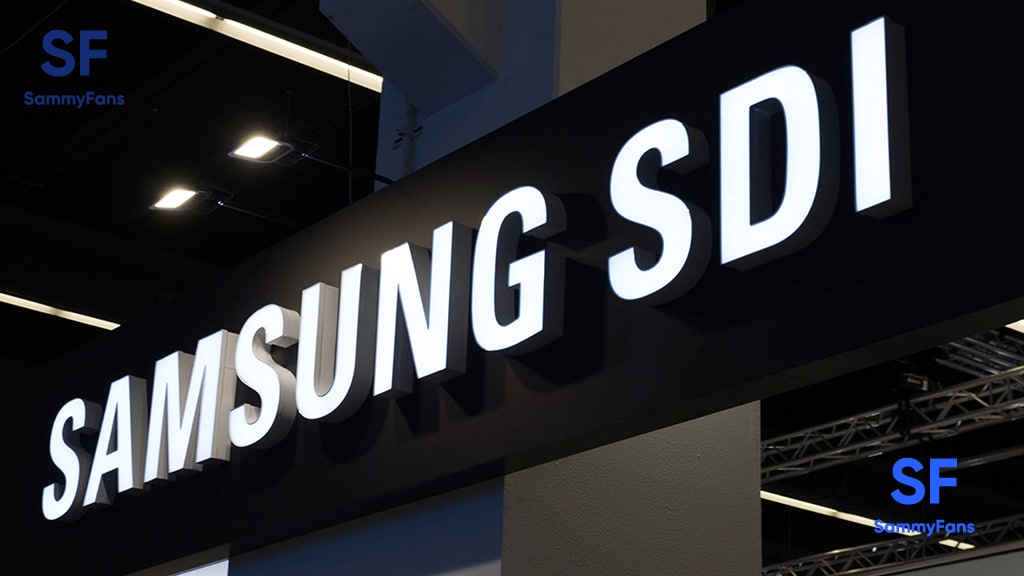
Samsung could shift its investment from the EV battery business in the US. The company plans to adjust its investment in ESS from EVs due to a sluggish market. The move comes after low demand for EVs, particularly bikes, and growing demand for ESS.
TheElec reports that Samsung eyeing the growing demand for ESS (energy storage systems) in the US. North America’s largest power company NextEra Energy could be awarding Samsung with a potential 1 trillion won ESS order.
Samsung is investing in converting its EV battery pack production line in Michigan, US. The electric bike battery pack line will be dismantled and converted for ESS use. The investment is expected to begin as early as the fourth quarter.
- The ESS battery pack line will be located in Factory 1, where a battery pack line for Harley-Davidson is currently in operation.
- Factory 2 primarily produces battery packs for Stellantis PHEVs, such as the Jeep Wrangler 4xe and Grand Cherokee 4xe.
The Korean tech giant is pursuing a 1 trillion won order for ESS batteries from NextEra Energy. The order is estimated to be around 5GWh. The company has started accelerating its penetration into the ESS market since last year with its Battery Box.
News
Samsung exploring sensor-shift OIS camera tech for Galaxy phones
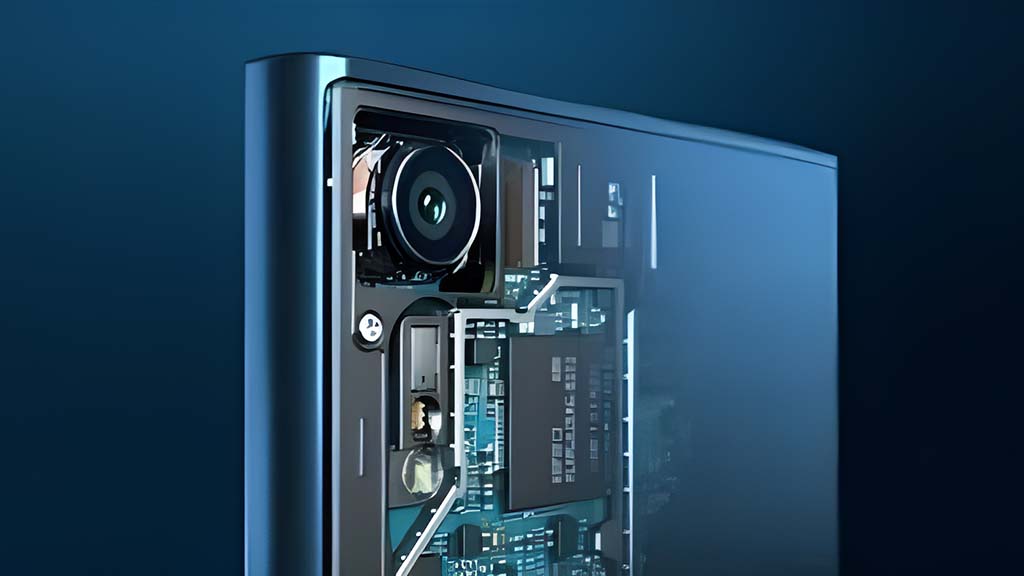
Samsung is exploring advanced sensor-shift image stabilization (OIS) camera tech for future Galaxy phones. The company recently filed a patent application related to image stabilization technology for mobile devices in South Korea.
The latest Samsung patent suggests work on the sensor-shift image stabilization (OIS) camera is underway. However, Apple iPhone-like sensor shift camera tech is far from arriving on Samsung’s Galaxy smartphones.
The patent entitled “Actuator for optical image stabilization and camera module including the same” describes how less force is required to stabilize the sensor itself. This allows for a more precise correction of the sensor position.
The patent document shows that Samsung is continuing to develop its ideas and methods for sensor-shift image stabilization. The absence of such cameras is not a sign that the company has abandoned the idea.

Samsung has been working on sensor-shift image stabilization for years. The company aims to upgrade the Galaxy camera capabilities in the future. The sensor-shift stabilization offers a sharper image by moving the camera sensor.
Previously, patents related to sensor-shift telephoto camera surfaced. However, the Korean tech giant hasn’t commercialized the technology. The patent was published recently, but doesn’t mean we will be seeing this upgrade in the Galaxy S25 series.
The development suggests that Samsung won’t include it on Galaxies till an advanced variant evolves. As the exploration continues, sensor-shift OIS feature remains in hope for the future of Galaxy smartphone segment.
News
Samsung crafting mixed-reality smart glasses with Qualcomm, Google

Samsung officially confirmed its teaming up with Qualcomm and Google for XR devices. Now, Qualcomm CEO revealed that the company is working with Samsung and Google to develop mixed-reality smart glasses.
According to the info, Samsung is working on portable mixed-reality smart glasses in collaboration with Qualcomm. Not XR headset, the company’s first extended reality product could be smart glasses with AI for new experiences.
Qualcomm CEO Cristiano Amon shared new details about Samsung’s upcoming XR product. In an interview to CNBC, Amon confirmed the collab with Samsung will result in “a new product” that offers “new experiences.”
Beyond that, he hinted that this product will likely be a pair of XR smart glasses, not a headset. Just opposite to Apple’s approach, Samsung and Qualcomm aimed to create XR smart glasses that would be portable and easy to carry around.
“I want everyone who has a phone to go buy companion glasses to go along with it,” Amon said. “We need to reach a point where wearing smart glasses feels no different from wearing regular glasses or sunglasses. Only then can we achieve true scale,” he added.
The XR smart glasses could debut later this year, featuring artificial intelligence. Samsung and Qualcomm reportedly aiming to make XR glasses mainstream, while Google could support them with optimized software.
Following the trend, the XR smart glasses could pack on-device AI capabilities. Some AI features will run directly on the device, others on the phone, and certain tasks will require cloud processing – unlocking “a whole new set of experiences.”

Nurphoto | Nurphoto | Getty Images

